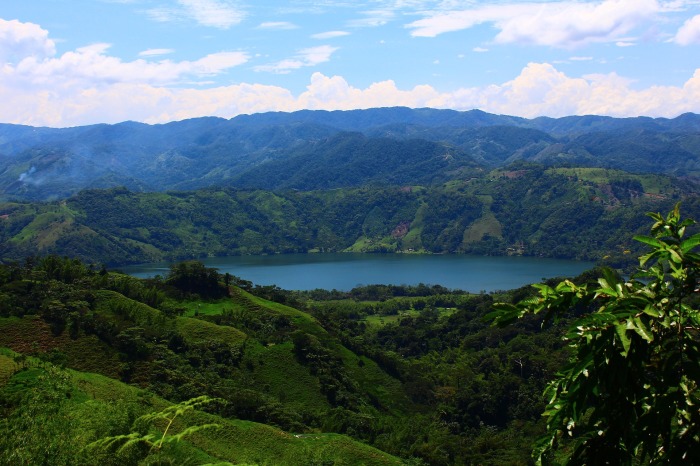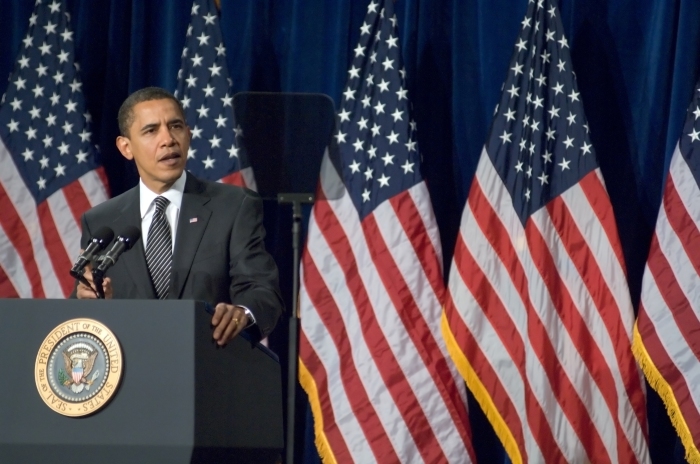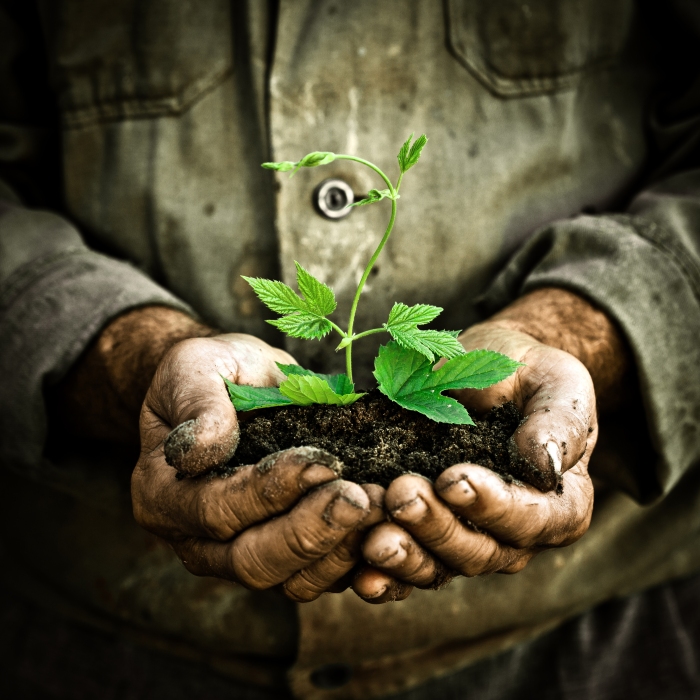“Zika reminds us that all countries and peoples remain vulnerable to emerging infectious diseases, and that a disease that primarily affects poorer populations has wide-ranging social and economic implications for entire communities” explained Magdy Martínez-Solimán, the UNDP Assistant Administrator and Director of the Bureau for Policy and Programme Support, during the launch this April at UN Headquarters of a report dealing with the socio-economic impacts of the Zika virus.
Since the end of 2014, Zika has spread at an alarming rate throughout Latin America and the Caribbean. By 2017, UNDP estimates that 80 to 117 million people will have been impacted by the virus. In addition, humans and particularly infants can suffer from neurological complications such as microcephaly, a rare condition associated with incomplete brain development. These two characteristics underscore the need to set up adequate responses as soon as possible. From February 1, to November 18, 2016 the World Health Organization (WHO) declared the Zika virus a Public Health Emergency of International Concern (PHEIC) which had led a surge of birth defects. While the “virus and its associated consequences remain a significant enduring public health challenge requiring intense action [they] no longer represent a PHEIC” justified the Emergency Committee (EC) of the WHO in November 2016. In other words, the WHO decided to switch from emergency measures, to a long-term response as the disease is expected to have long-lasting impacts on the region.
In early April 2017, the United Nations Development Programme (UNDP), partnered with the International Federation of the Red Cross and Red Crescent Societies (IFRC), and released a report entitled “A Socio-Economic Impact Assessment of the Zika Virus in Latin America and the Caribbean: with a focus on Brazil, Colombia and Suriname”. Following the will of the WHO to implement long-term responses to the virus, this report provides recommendations for actions for a long-term, integrated intervention.
 The report’s key message is that the economic impact of the virus justifies the implementation of ambitious regional policies. Indeed, the estimated economic impact ranges from US$7 to 18 billion over the 2015-2017 period. The report invites stakeholders to consider the long-term impact of the virus which have both direct and indirect consequences. It highlights the devastating impact the virus has had on the region’s attractiveness and vital sectors such as tourism. Finally, it calls for local responses to mobilize directly the most vulnerable communities.
The report’s key message is that the economic impact of the virus justifies the implementation of ambitious regional policies. Indeed, the estimated economic impact ranges from US$7 to 18 billion over the 2015-2017 period. The report invites stakeholders to consider the long-term impact of the virus which have both direct and indirect consequences. It highlights the devastating impact the virus has had on the region’s attractiveness and vital sectors such as tourism. Finally, it calls for local responses to mobilize directly the most vulnerable communities.
Furthermore, as the report hopes to play the role of a catalyst for global action in the region, it provides six recommendations. These include the need for specific budgetary plans, integrated policies as multiple mosquito-borne diseases spread throughout the region, regional and global cooperation, and even a strengthened education campaign directed at communities regarding the health and reproductive threats brought about by the virus.
 Thus, the Zika virus remains a huge challenge given its multiple health, social and economic consequences. While it is no longer a Public Health Emergency, there is no vaccine ready and the number of babies born with life-long congenital defects continues to grow. Beyond the economic concerns, the future development of the Latin and the Caribbean region is being called into question. The Zika virus increases gender and social inequalities, poverty, and threaten communities’ wellbeing. In the face of this endemic virus, there is an urgent necessity to build global, strong and long-term health responses, enabling countries from Latin America and the Caribbean region to combat more effectively the threats that may arise in the future.
Thus, the Zika virus remains a huge challenge given its multiple health, social and economic consequences. While it is no longer a Public Health Emergency, there is no vaccine ready and the number of babies born with life-long congenital defects continues to grow. Beyond the economic concerns, the future development of the Latin and the Caribbean region is being called into question. The Zika virus increases gender and social inequalities, poverty, and threaten communities’ wellbeing. In the face of this endemic virus, there is an urgent necessity to build global, strong and long-term health responses, enabling countries from Latin America and the Caribbean region to combat more effectively the threats that may arise in the future.
For the full report, please, visit: http://reliefweb.int/sites/reliefweb.int/files/resources/UNDP-RBLAC-Zika-English-WEB.pdf






 Consequently, the purpose of this report is to provide new information and to call for action on plastic pollution once again. Furthermore, this data fills a knowledge gap, representing an important reference point for policy makers, who wish to enact transformative policies and production practices. Action is needed to reduce the level of contamination in our oceans. This is particularly so, as the issue becomes a worldwide human health threat with plastic entering our food and water supplies. As it is part of our daily activities, everyone has not only the responsibility but the duty to get involved. It is up to the private sector to invest in the necessary R&D for the needed production shifts. But it also belongs to the governments to force real change by legislation and on-the-ground policies. Finally, populations could choose sustainable practices, by promoting natural fabrics rather than synthetic ones. We must act if we don’t want plastic soup in our plates.
Consequently, the purpose of this report is to provide new information and to call for action on plastic pollution once again. Furthermore, this data fills a knowledge gap, representing an important reference point for policy makers, who wish to enact transformative policies and production practices. Action is needed to reduce the level of contamination in our oceans. This is particularly so, as the issue becomes a worldwide human health threat with plastic entering our food and water supplies. As it is part of our daily activities, everyone has not only the responsibility but the duty to get involved. It is up to the private sector to invest in the necessary R&D for the needed production shifts. But it also belongs to the governments to force real change by legislation and on-the-ground policies. Finally, populations could choose sustainable practices, by promoting natural fabrics rather than synthetic ones. We must act if we don’t want plastic soup in our plates.
 The Science article is the third the president has published in top academic journals in the past week. He wrote on
The Science article is the third the president has published in top academic journals in the past week. He wrote on 
 That is the reason why the Food and Agriculture Organization (FAO) dedicates this year World Soil Day to the pulses. Also, owing to their nutritional benefits, 2016 was declared the International Year of Pulses.
That is the reason why the Food and Agriculture Organization (FAO) dedicates this year World Soil Day to the pulses. Also, owing to their nutritional benefits, 2016 was declared the International Year of Pulses. At the same time, soil provides living space for humans, as well as essential ecosystem services which are important for water regulation and supply, climate regulation, biodiversity conservation, carbon sequestration and cultural services. But soils are under pressure from increases in population, higher demands for food and competing land uses. Approximately 33% of our global soils are degraded and policy makers around the world are exploring opportunities to embrace sustainable development via the sustainable development goals.
At the same time, soil provides living space for humans, as well as essential ecosystem services which are important for water regulation and supply, climate regulation, biodiversity conservation, carbon sequestration and cultural services. But soils are under pressure from increases in population, higher demands for food and competing land uses. Approximately 33% of our global soils are degraded and policy makers around the world are exploring opportunities to embrace sustainable development via the sustainable development goals.